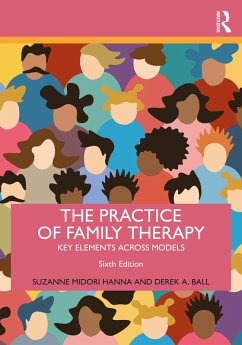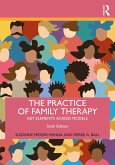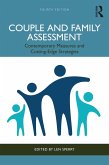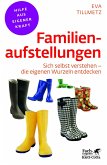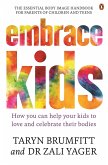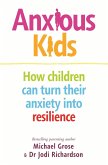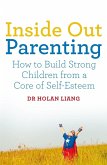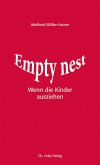Part I lays the groundwork by introducing the first-, second-, and third-generation models of family therapy, teaching the reader to integrate different elements from these models into a systemic structure of practice. Part II explores the practical application of these models, including scripts for specific interventions and newly updated clinical examples that highlight how to effectively work with diverse client populations of today. Students will learn how to make connections between individual symptoms and cutting-edge family practices to respond successfully to cases involving substance abuse, trauma, grief, depression, suicide risk, violence, LGBTQIA+ families, and severely mentally ill clients and their families. This newly updated and streamlined edition includes fresh information on working with LGBTQIA+ families and on the family as a resource for suicidal members, and it also includes new discussion of models, such as emotion-focused couple therapy and internal family systems. This text also encourages students to think more broadly about community connections as important resources for clients, such as chosen families and cultural identities that affect one's sense of belonging in relationships.
With study guides for each model and a glossary to review main concepts, this text is a comprehensive and accessible guide for students and practitioners. Aligned with the knowledge and content statements of the Association of Marital and Family Therapy Regulatory Boards (AMFTRB), this textbook will be key reading for graduate students who are preparing for the national licensing exam in marriage and family therapy.
Dieser Download kann aus rechtlichen Gründen nur mit Rechnungsadresse in A, B, BG, CY, CZ, D, DK, EW, E, FIN, F, GR, HR, H, IRL, I, LT, L, LR, M, NL, PL, P, R, S, SLO, SK ausgeliefert werden.

